Animals Who Never Look Back: Check out This List of Animals Who Cannot Walk Backwards
Australia is a country famous for animals who lack the ability to move backwards.
Published May 8 2024, 3:37 p.m. ET
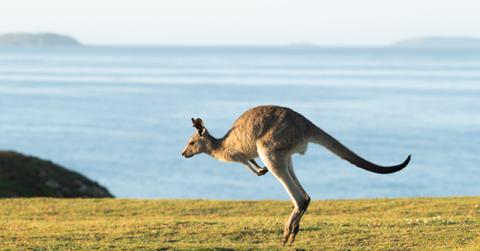
How some animals develop and move about their environment helps them sustain life, catching the necessary prey and surviving for another day. Nature, however, in all of its beauty, splendor, and mystery, has denied some animals the ability to move backward, a puzzling feat to be sure.
In some cases, the term "walk" is a misnomer for the animals who waddle, crawl, or move through other methods that scientists reject as "walking" in its truest sense.
Join us on this virtual (and ethical) safari through the list of animals who cannot move backward, and learn the hows and whys of such a phenomenon.
1. Kangaroos
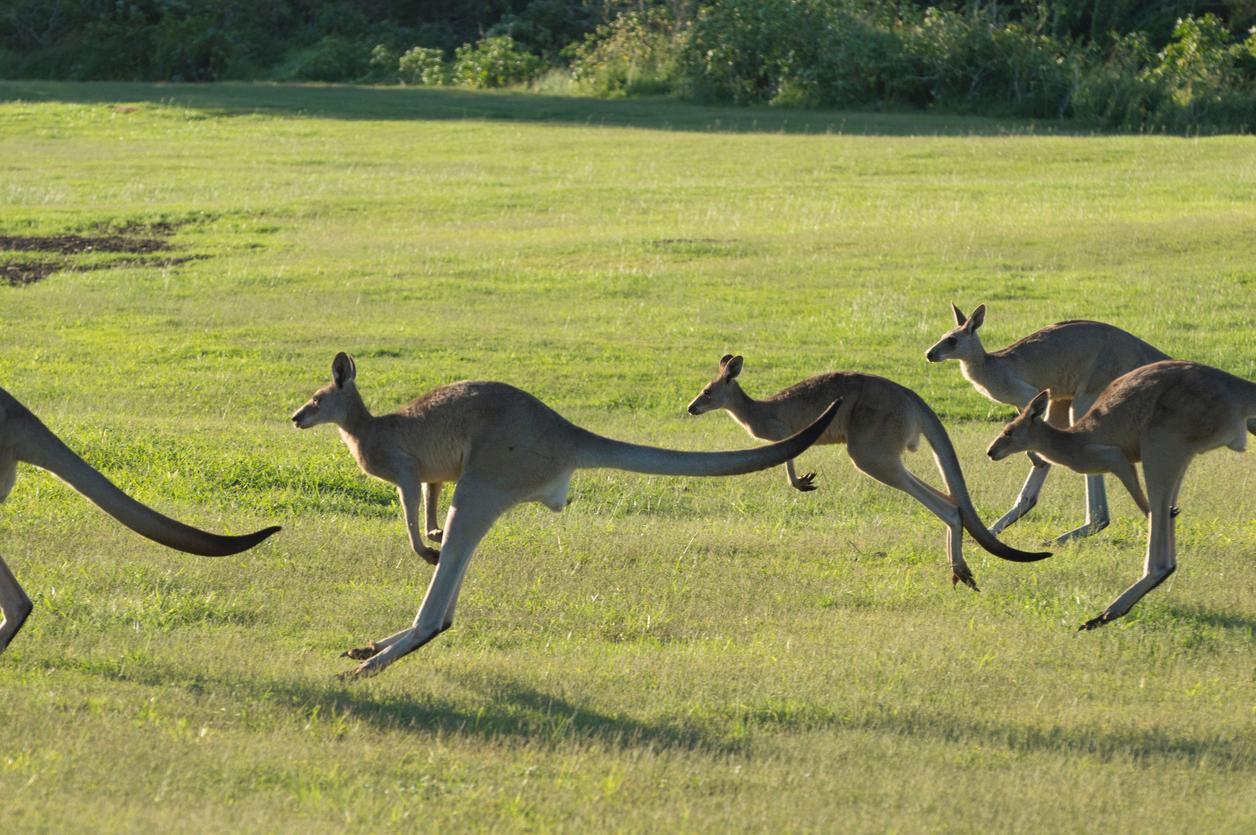
According to a Pets on Mom.com article, the same powerful mechanism that allows kangaroos to propel forward in their trademark hopping movement negates their ability to move in reverse. While their muscular legs help propel their large feet forward and their tails assist with balance, they cannot do the same for kangaroos who wish to move backward.
2. Emus
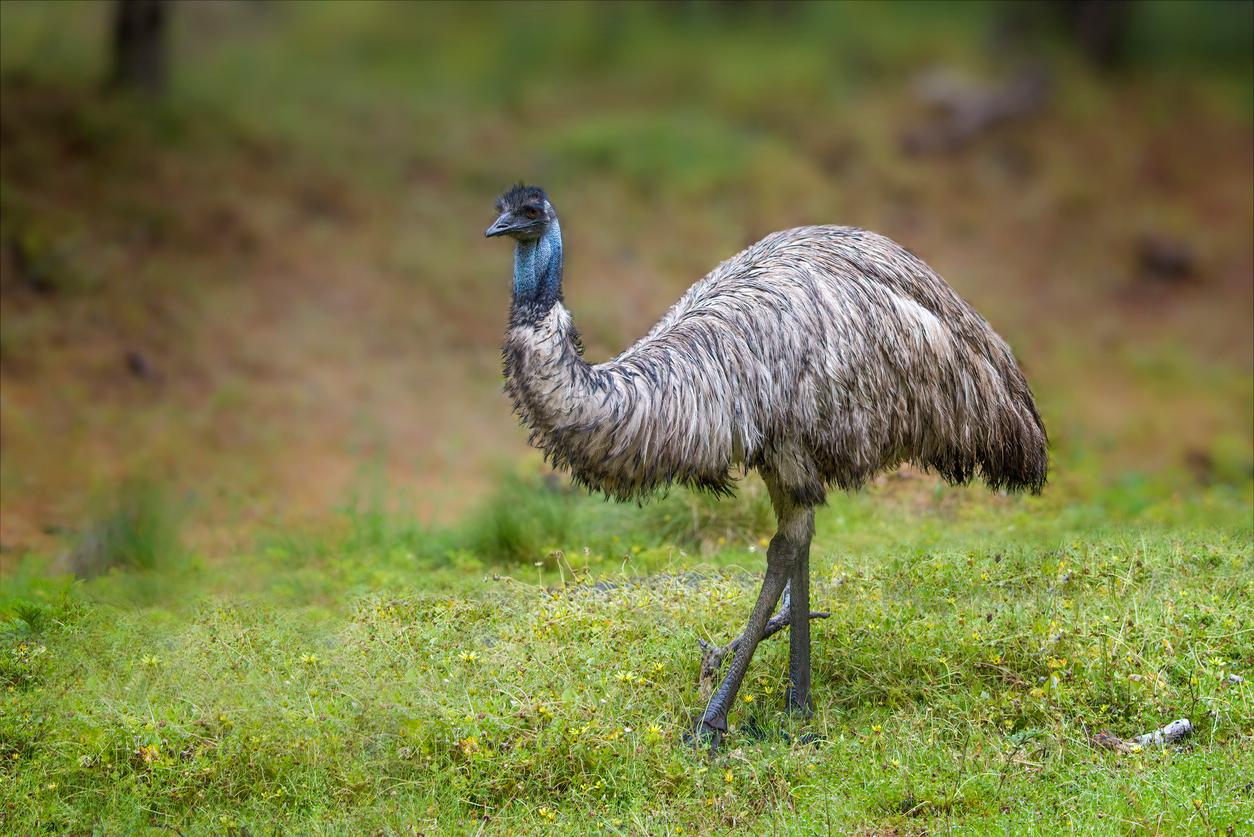
The kangaroo's mate on the Australian coat of arms, the emu, is a flightless bird that looks like an ostrich but, unlike the ostrich, cannot walk backward, according to Pets on Mom.com. This may be due to the emu's knee joints preventing such a movement, per WorldAtlas.
3. Wallabies
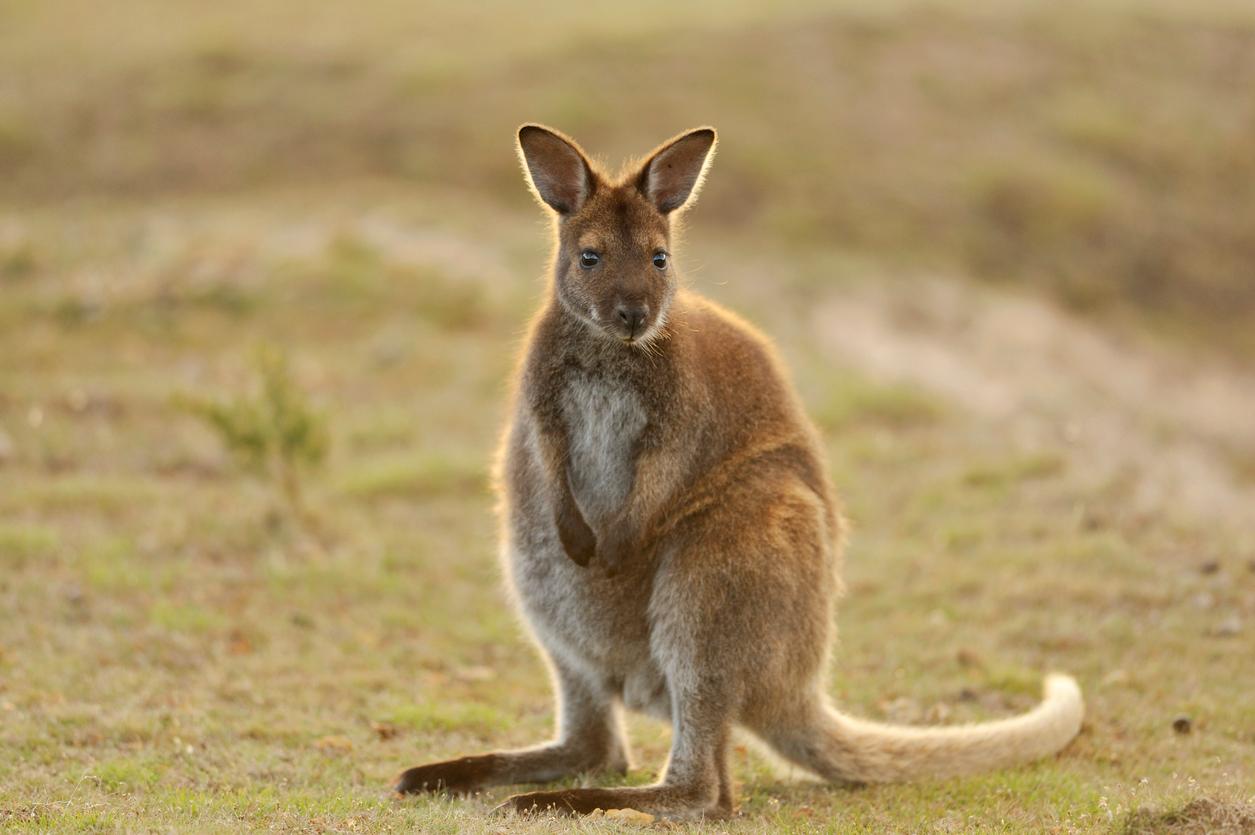
Perhaps most famous as the titular animal in Rocko's Modern Life, the wallaby uses its hind legs for high-speed movements and recruits its tail to pentapedal (i.e. use its four legs and tail) at slow speeds. The wallaby cannot walk backward by moving its legs independently, according to TrishansOz.
Because of their similar appearance, it should come as no surprise, then, that wallabies and kangaroos are both marsupials, per the University of California Museum of Paleontology.
4. Pademelons
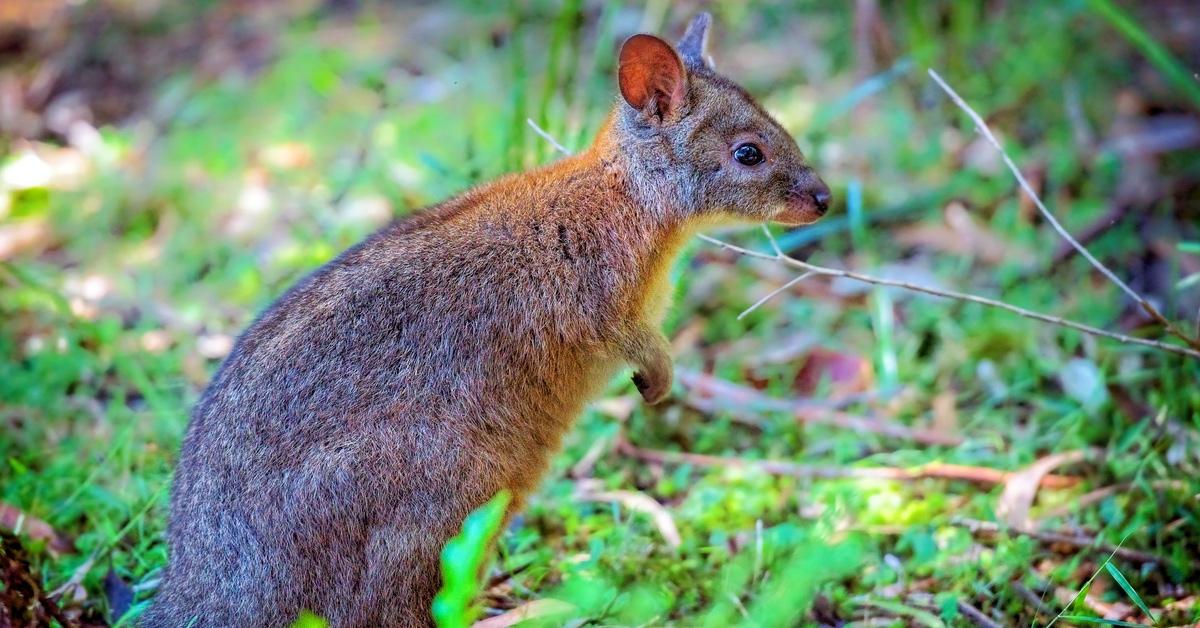
The pademelon is unbearably adorable, has been known to climb trees, has been described as boasting a "distinctively plump backside" by Australian news station ABC News, and like the kangaroo and wallaby, simply cannot walk backward.
This phenomenon is because the pademelon belongs to a group of marsupials known as "macropods" who mostly hop on their hind limbs and cannot walk backward, per the Queensland-based nonprofit Wildcare Australia.
5. Penguins

According to Penguins Blog, penguins cannot walk backward safely without the threat of falling over. When threatened, penguins increase the speed of their movement, and to do so backward risks their safety due to their poor ability to balance their bodies.
Furthermore, as Pets on Mom.com explains, penguins technically waddle, not walk, and they're excellent swimmers.
6. Alligators
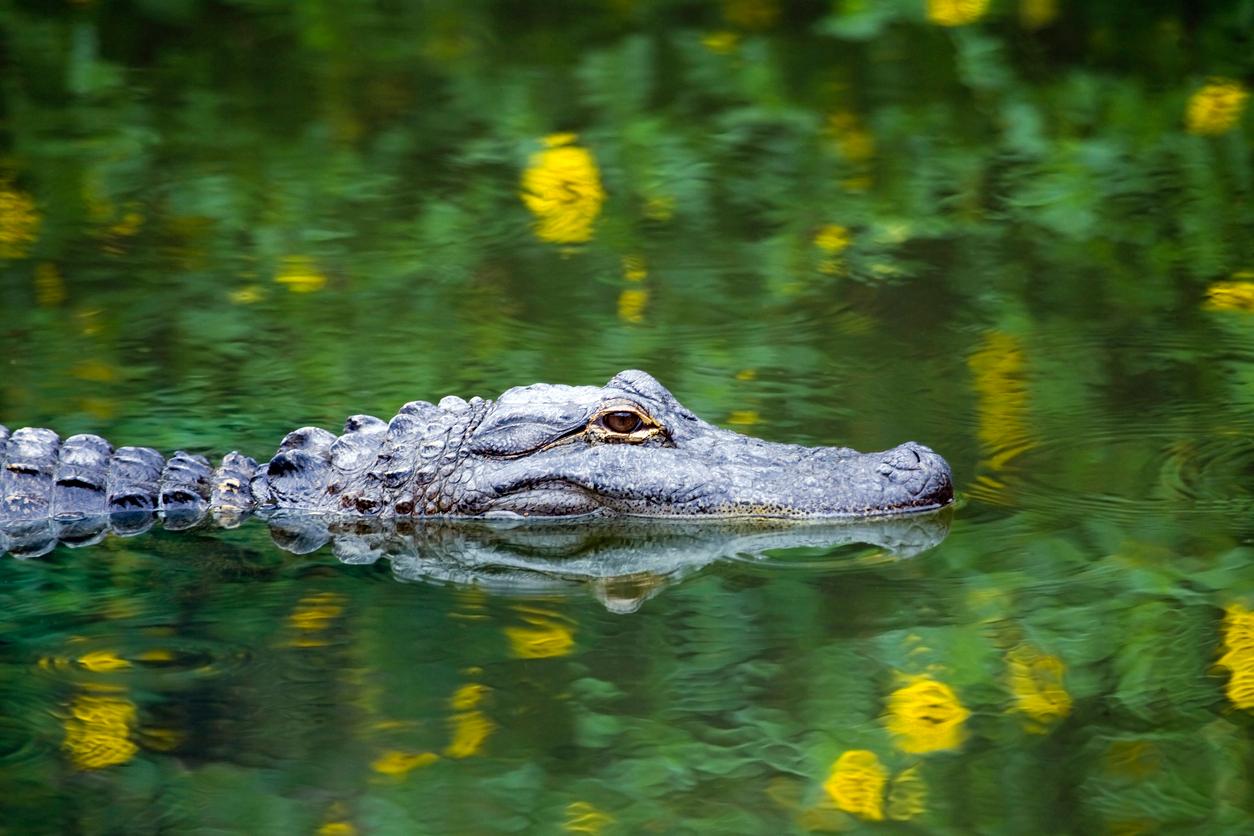
Alligators are yet another animal whose backward locomotion is in question, but to label an alligator's primary movements as "walking" would likewise be inaccurate. As WorldAtlas clarifies, an alligator's main method of movement is the belly crawl, and alligators cannot achieve that movement in reverse.
Alligators may, on rare occasions, engage in an unusual (and terrifying) movement known as a "high walk" according to Inside Edition. But according to this South Florida native's experiences firsthand in Gainesville, Fla., and the swamps throughout the region, whether on land or in the water, you'll rarely, if ever, observe an alligator moving in reverse.